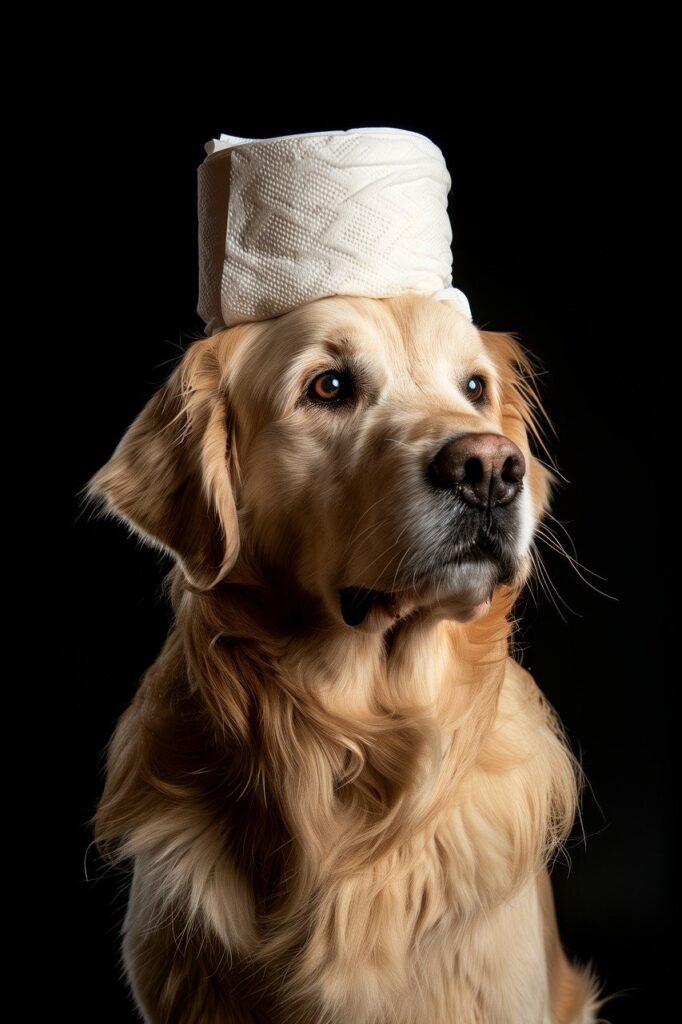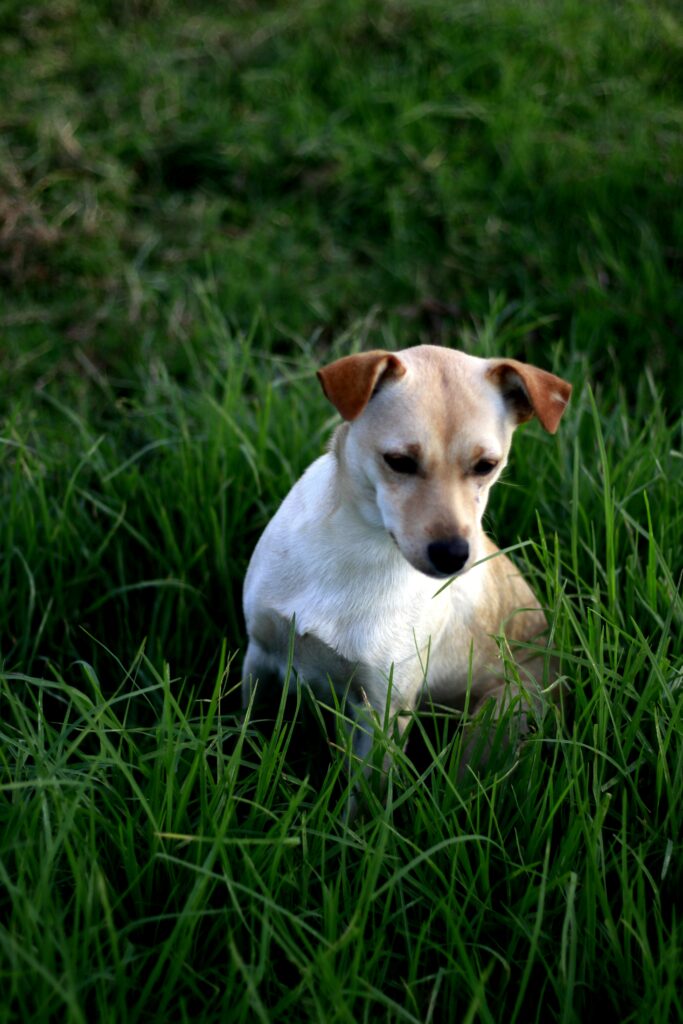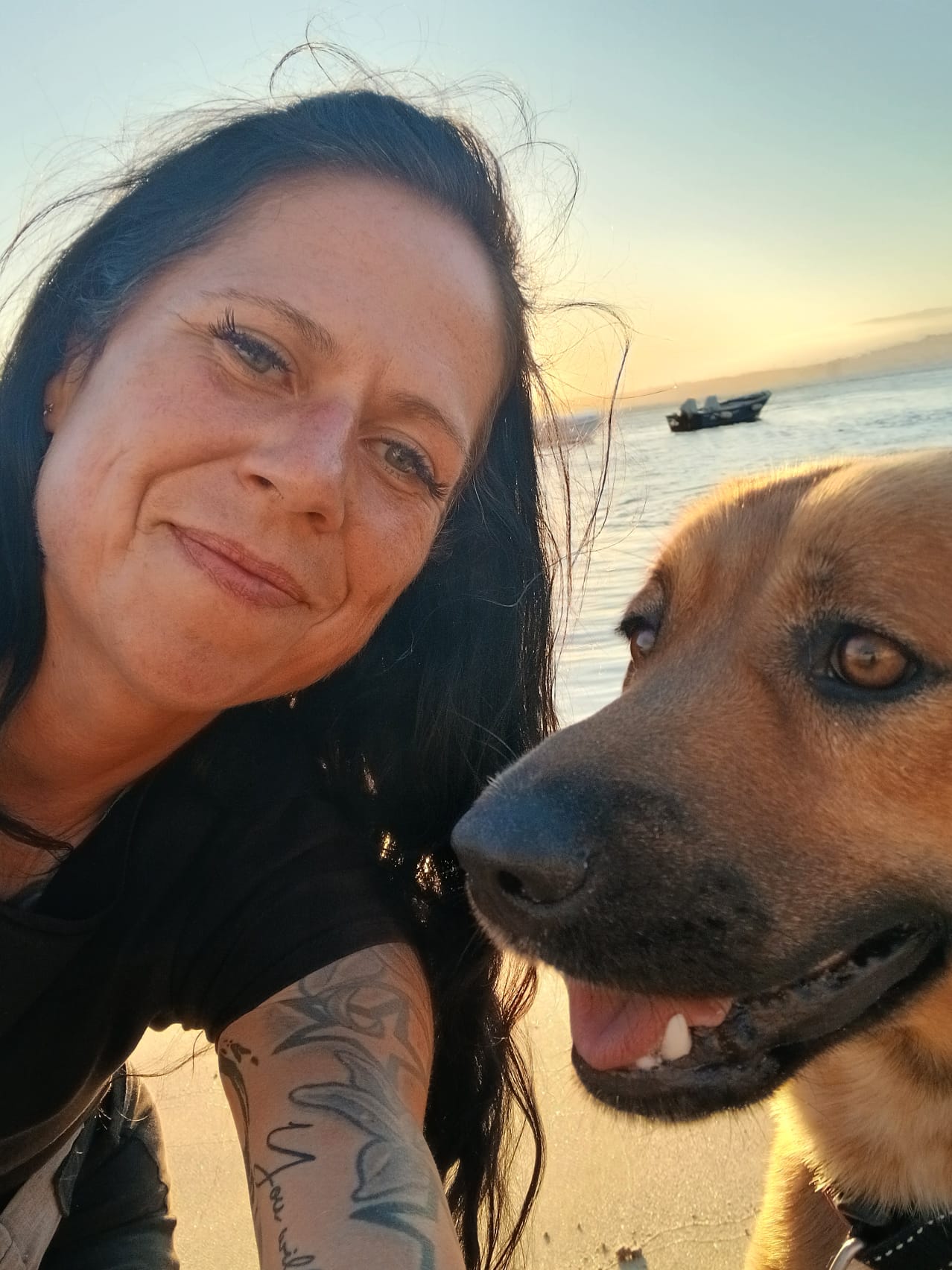Potty training is one of the first major milestones in a puppy’s life, and for new pet owners, it can often feel like a daunting task. However, with a bit of patience, consistency, and the right guidance, you can successfully teach your puppy to go potty where and when they should. In this article, we will break down some key tips to help you through the process.
We recently shared 4 simple tips on our Instagram page to make potty training easier. Now, let’s explore these tips in greater depth and provide some additional insights to help you potty train your puppy more effectively.

1. Set a routine 🕒
Dogs, especially puppies, thrive on routine. Establishing a clear and predictable schedule is crucial for successful potty training. A consistent routine helps your puppy understand when it’s time to go outside and minimizes the chances of accidents inside the house.
Puppies have small bladders and need to go outside frequently. Here’s a general guide on when to take your puppy out for potty breaks:
– First thing in the morning
– After meals
– After naps
– After playtime
– Before bed
It’s also a good idea to take your puppy out every 1-2 hours during the day, especially in the first few weeks. Over time, as they grow and gain better bladder control, the intervals between potty breaks can gradually increase.
This consistent schedule not only trains your puppy’s bladder but also helps them understand when it’s time to go potty. The more consistent you are, the faster your puppy will learn.
2. Choose a designated spot 🌳
To make the potty training process more efficient, choose a specific spot outside where you want your puppy to relieve themselves. The power of scent plays a big role here—when your puppy returns to the same spot, the familiar smell cues them that it’s time to go.
When you take your puppy outside, guide them to this designated spot each time. Wait patiently until they relieve themselves. Don’t rush or get distracted; allow your puppy the time they need. Over time, this spot will become associated with potty breaks, making it easier for your puppy to understand what’s expected of them. The more familiar they are with their “potty area,” the quicker they’ll learn.
3. Use positive reinforcement 🎉
Puppies are naturally motivated by positive reinforcement, so make sure you reward good behaviour immediately. Every time your puppy goes potty in the right place, shower them with praise, affection, and even a treat. Timing is crucial—reward your puppy as soon as they finish their business to create a strong association between going potty in the correct spot and the positive outcome.
Keep in mind that puppies have short attention spans. If you wait too long to reward them, they may not connect the dots between their actions and your praise. Consistent and immediate reinforcement will speed up the training process, as your puppy will want to repeat the behaviours that earn them treats and affection.
4. Be patient & consistent ❤️
Potty training is not an overnight process. It can take weeks or even months for your puppy to fully understand the rules, and during this time, accidents will happen. It’s important to stay calm and patient. Never scold or punish your puppy for accidents, as this can create fear and confusion, leading to setbacks in their training.
Instead, when accidents occur, calmly clean up the mess to remove any odors that might tempt your puppy to go in the same spot again. Reinforce the behavior you want by sticking to your routine and being consistent with your designated potty area and positive reinforcement.
If your puppy has an accident inside, take them outside immediately afterward to their designated potty spot. When they relieve themselves there, offer the same praise and rewards you would during a regular potty break. This reinforces the idea that outside is the right place to go.

Additional tips for success
– Know your puppy’s signals: Puppies often show signs when they need to go, such as sniffing around, circling, or suddenly looking anxious. Recognizing these cues will help you take them outside in time to prevent accidents.
– Create a safe space: If you’re not able to supervise your puppy, consider using a crate or confined space. Puppies are less likely to soil their sleeping area, so crate training can be a helpful tool in potty training.
Final thoughts
Potty training is a key developmental milestone in your puppy’s life, and while it can be challenging at times, remember that every puppy learns at their own pace. By following these four key steps—setting a routine, choosing a designated potty spot, using positive reinforcement, and staying patient and consistent—you’ll set your puppy up for success.
With time, persistence, and love, your puppy will soon be fully potty trained, and both you and your furry friend will enjoy a cleaner, more peaceful home.
For more dog training tips and helpful advice, be sure to follow us on Instagram @caparica_dogs, where we regularly share expert insights on raising happy, healthy dogs. And if you ever need more personalized support or have specific training concerns, don’t hesitate to contact us. Our professional dog training services are here to help—simply reach out here, and we’ll work together to resolve any challenges you’re facing!
Happy training! 🐾

